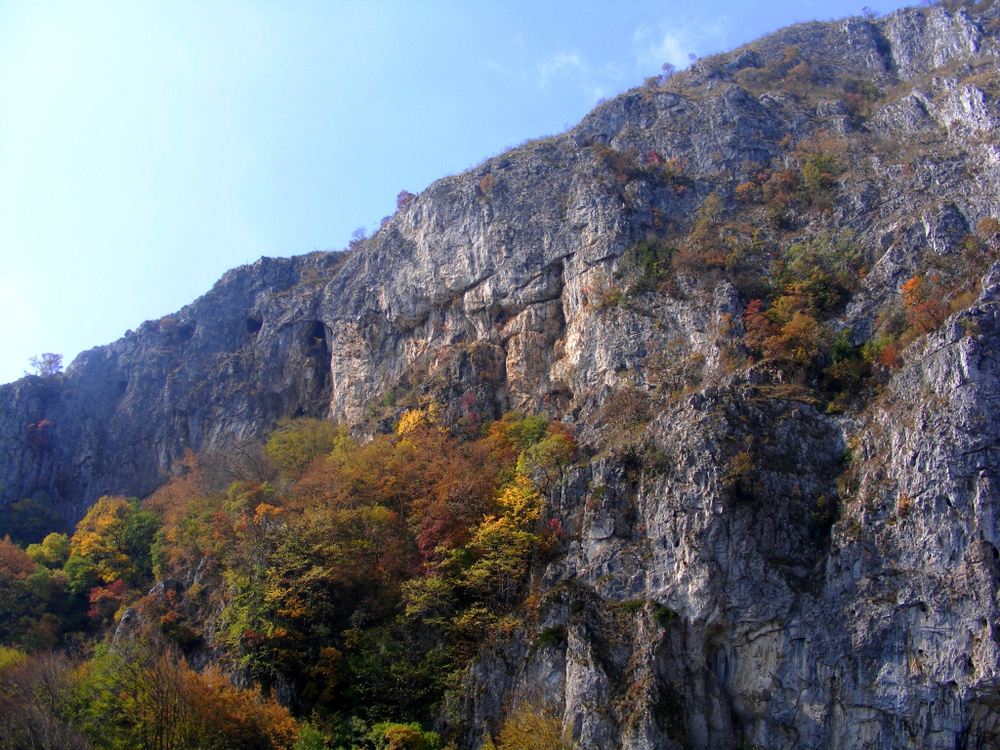Romanian Animal Fossils Reveal Hominin Spread Into Europe 2 Million Years Ago
In the relentless search to know how the ancestors of humans spread across the world, the latest evidence has revealed that hominins were in Europe at least 1.95 million years ago. Clues on their presence were recently found by researchers at an archaeological site in Romania that could now help explain hominins early dispersal out of Africa.A study published in Nature Communications details the prominent find, which predatesevidence of hominins previously found at other sites across Europe. Researchers involved with the study uncovered new answers at Grunceanu, a site that lies south of the Carpathian Mountains in a river valley that is rich in fossils.Looking for Hominin EvidenceResearchers didn't identify hominin remains at Grunceanu, but instead found animal bones with cuts that revealed a hominin presence. The site was once teeming with extinct fauna, including several carnivores, equine species, rhinocerotoids, and rodents.Additionally, the presence of certain warm-adapted (or less cold-tolerant) species like ostriches, pangolins, and Paradolichopithecus (an ancient monkey) indicates that the river valley region had mild winters. Analyzing isotopes in the fossilized upper jaw of a horse specimen also allowed the researchers to conclude that the region was temperate and had seasonal variability.These conditions would have made Grunceanu and the surrounding region a fitting home for hominins to occupy. The researchers proved this by examining 4,524 fauna specimens for signs of surface modifications on bones dated to around 1.95 million years ago. They detected probable cut marks in 20 of the specimens, eight of which were classified as high-confidence marks. These high-confidence marks were located on four tibiae, one mandible, one humerus, and two long bone fragments. Based on the anatomical location, these marks appeared to reflect defleshing done by hominins.Who Were the Grunceanu Hominins?The bone surface modifications show that hominins had likely come to Grunceanu around 2 million years ago, making it the earliest European hominin site known so far. The researchers, however, cannot say for sure what species the hominins were.Hominin fossils in Europe are regularly identified as Homo sapiens, with some others identified as the older Homo erectus. Due to the fact that the earliest H. erectus sensu lato (referring to African and West Eurasian populations of H. erectus and potentially related subspecies) appeared in South Africa and Ethiopia around 2 million years ago, it is possible that this was not the hominin species at Grunceanu, or that H. erectus is actually older than current data suggests.Hominin Journeys Across EurasiaEvidence of hominin dispersal has been unearthed at several sites across the Middle East, Russia, and China, dating between 2 million years to 1.5 million years ago. But before the find at Grunceanu, the oldest known hominin site in Europe was at Dmanisi, a town in the nation of Georgia. This site, containing hominin remains and butchery marks on animal remains, is dated to around 1.85 million years ago. The identity of the Dmanisi hominins specifically, their relation to H. erectus and H. habilis is also a disputed topic, with the population sometimes referred to as Homo georgicus. With hominin evidence at Grunceanu, the date for archaic humans' trek into Europe can be pushed back. The study signifies that our ancestors may have been spreading to unexplored areas in Eurasia earlier than we thought, taking advantage of mild climates in temperate environments. Article SourcesOur writers at Discovermagazine.com use peer-reviewed studies and high-quality sources for our articles, and our editors review for scientific accuracy and editorial standards. Review the sources used below for this article:Nature Communications. Hominin presence in Eurasia by at least 1.95 million years ago UNESCO World Heritage Convention. Dmanisi Hominid Archaeological SiteJack Knudson is an assistant editor at Discover with a strong interest in environmental science and history. Before joining Discover in 2023, he studied journalism at the Scripps College of Communication at Ohio University and previously interned at Recycling Today magazine.


